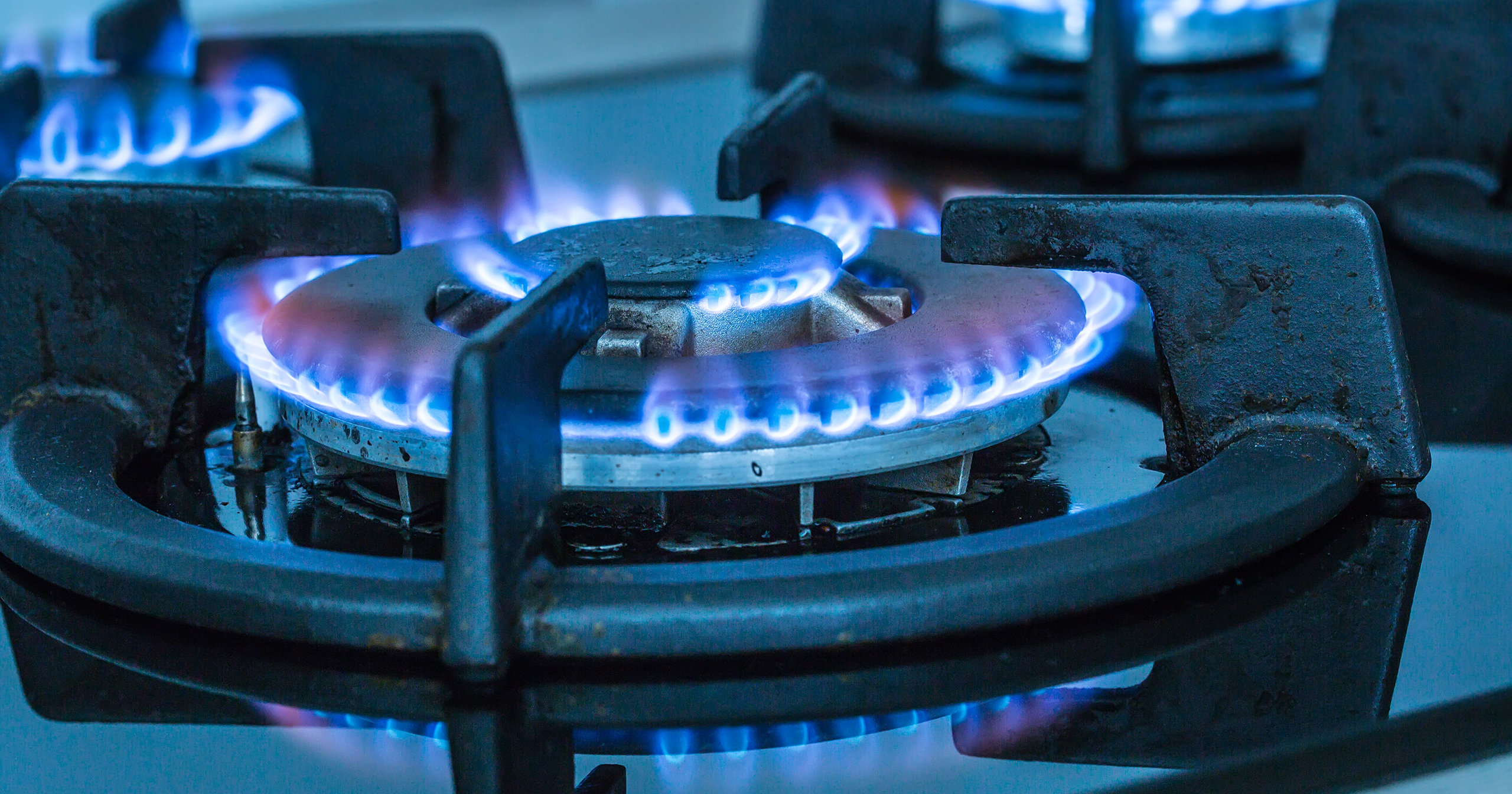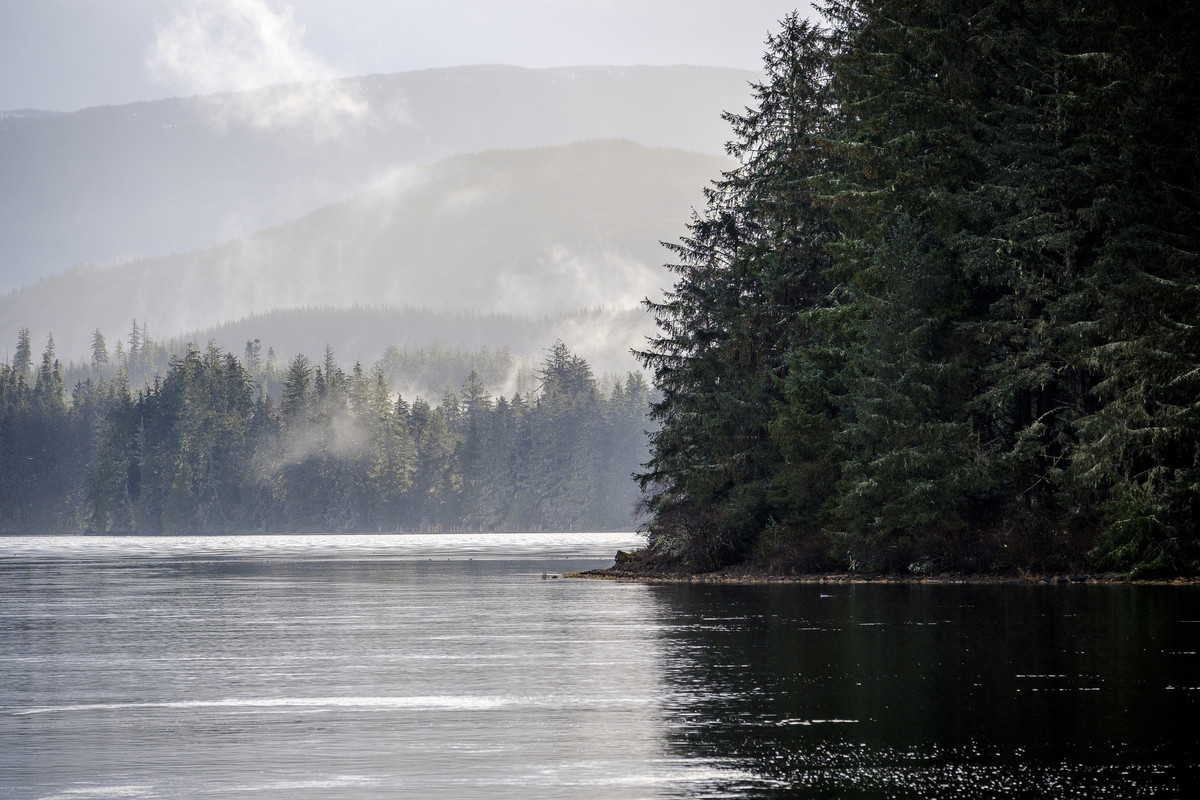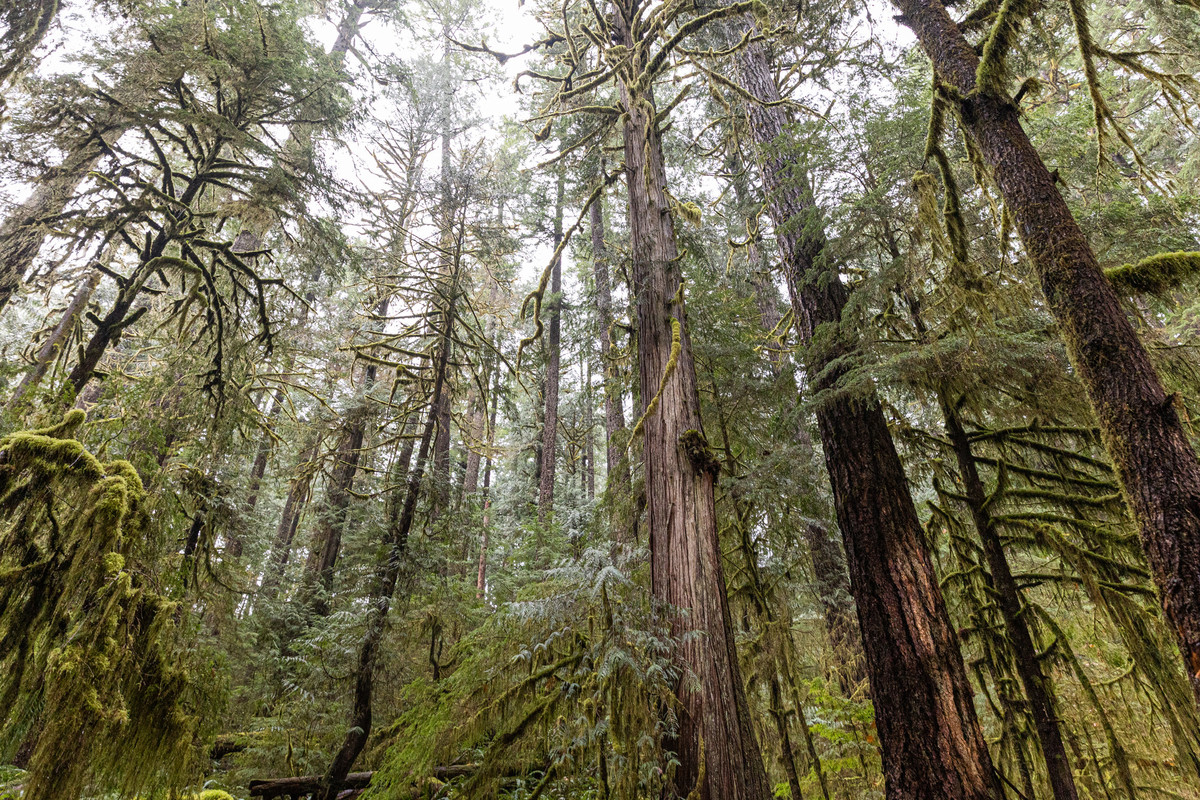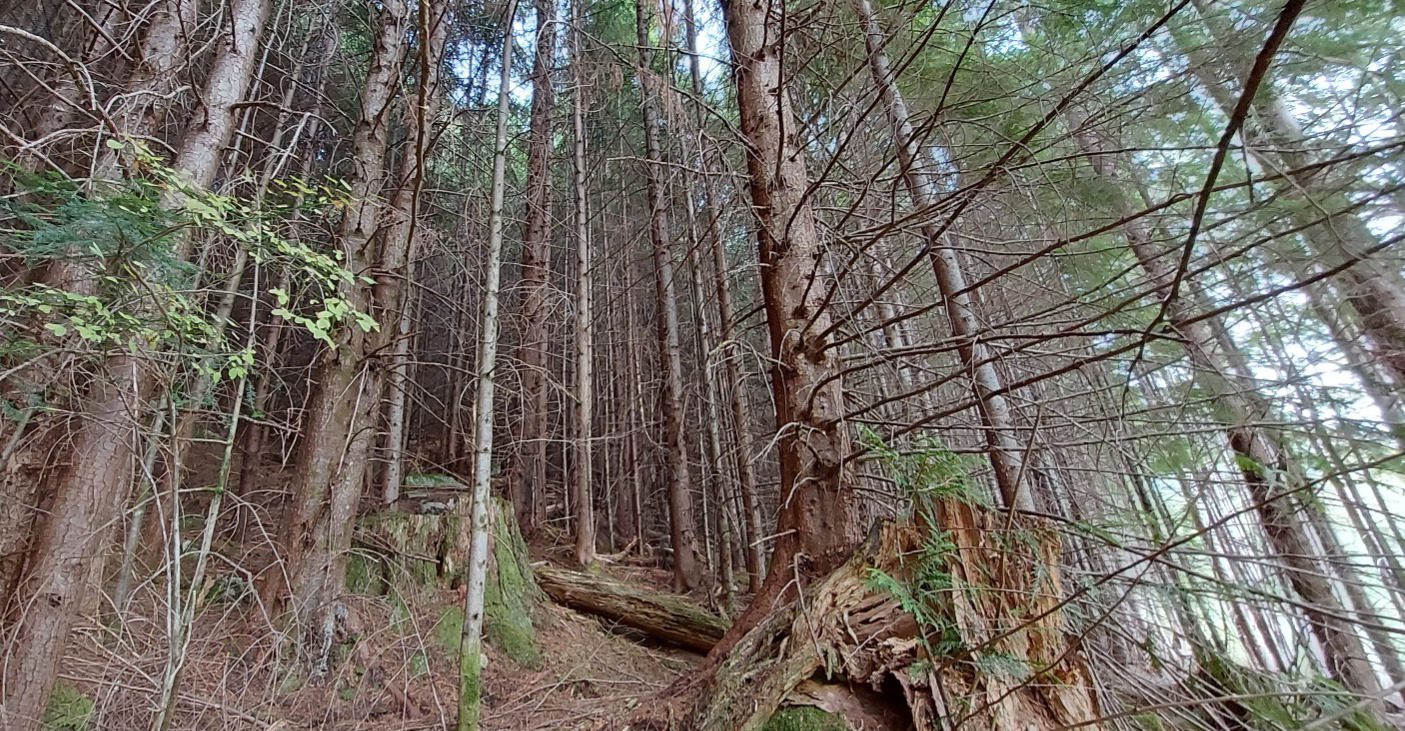
Natural Gas Royalty System Review
On this page…
Overview
Who: The Ministry of Energy, Mines, and Low Carbon Innovation
What: Review of the natural gas royalty system
Where: Province-wide
Why: To ensure oil and gas royalty credits meet modern B.C.’s economic goals
How: Online
Engagement Summary
In 2021, the Province reviewed its natural gas royalty system. Feedback was sought on policy changes to establish a modernized system that would:
- Meet B.C.’s economic development goals
- Ensure a fair return on resources
- Ensure environmental protection
For more information on Petroleum & Natural Gas Royalties, please visit the program page.
Results
- 951 completed feedback forms
- 4,637 emails received
- 98 written submissions
Note: Some email sent to the Royalty Review engagement website via third-party non government websites were not received by government email servers. This occurred in cases where the sender’s email address domain did not match the source domain of the sending website. When email is sent using this method, the message is rejected by the email server and not stored or received by government sites.
- News Release November 10, 2021: https://news.gov.bc.ca/25682
- News Release February 1, 2022: https://news.gov.bc.ca/26174
- Read the Independent Assessment
- Read the Independent Assessment SUMMARY
- Read the What We Heard Report
- News Release May 19, 2022: https://news.gov.bc.ca/26838
- On May 19, 2022, the Province introduced a new oil and gas royalty system that puts the interests of British Columbians first and eliminates outdated and inefficient fossil-fuel subsidies.
- A transitional system will take effect on September 1, 2022, with a new royalty framework in place effective September 1, 2024.






